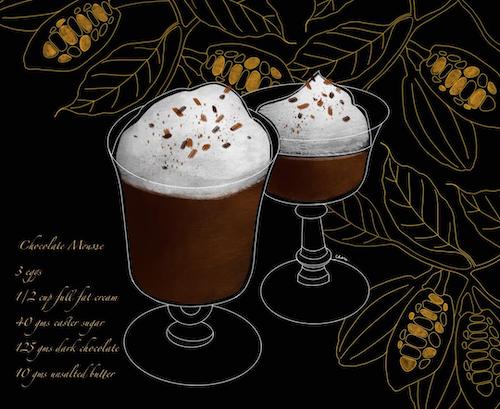“There is nothing better than a friend unless it is a friend with chocolate.” – Charles Dickens
Love chocolate?
Everyone does. Well everyone except me and a few other people on planet earth. According to worldwide statistics around one billion people are probably eating chocolate today. Montezuma, the Aztec emperor, consumed 50 goblets of chocolate every day. I stand pale in comparison to his consumption. I am that oddball that isn’t the least bit excited about chocolate.
One of the rare occasions, when I am truly interested in eating it, is when my husband comes home with a tiny box of chocolates called Royce from Japan. These champagne-filled liqueur bites of delight are something I pout over in case someone has eaten my share. And guess what I hate champagne! So let me just say these are exceptional. Packed in a special freezer bag they have to be eaten within a day or two. Though honestly, it doesn’t last that long in this home especially with everyone being so worried about that expiry date;). They melt in your mouth, as all good quality chocolates should, and are oh so delicious. It has even converted an unenthusiastic chocolate consumer like me. Well, partially.
From bean to bar.
Chocolate or actually, cocoa originates from the Americas and tends to grow 20-30 degrees north or south of the equator around the world. This is the reason why some of the best chocolate comes from places like the Ivory Coast, Ghana, Ecuador, and Venezuela.
The cocoa pod grows on a fruit tree called the Theobroma cocoa tree. Within this baseball like pod lie the beans that are removed when the pod matures. These beans go into wooden boxes and are allowed to ferment for approximately four to five days or longer depending on the temperature. This is because the beans have a very intense, bitter taste, they must be fermented to develop flavor. After this, they are left to fully dry in the sun. These are then loaded in sacks and shipped off to countries where they are treated.
Chocolatiers then roast these beans at low temperatures for long periods to help extract the best flavour possible. The beans are then put in a machine called a Winnower that cracks them separating the outer shell from the inner nibs. The cacao nibs are then ground into cocoa mass, which is pure chocolate in a rough state. The cocoa mass is liquefied. This is called chocolate liquor and it gets processed into two components: cocoa solids and cocoa butter. Cocoa solids are then molded with or without other ingredients.

 Fr. Warner D'Souza is a Catholic priest of the Archdiocese of Bombay. He has served in the parishes of St Michael's (Mahim), St Paul's (Dadar East), Our Lady of Mount Carmel, (Bandra), a ten year stint as priest-in-charge at St Jude Church (Malad East) and at present is the Parish Priest at St Stephen's Church (Cumballa Hill). He is also the Director of the Archdiocesan Heritage Museum and is the co-ordinator of the Committee for the Promotion and Preservation of the Artistic and Historic Patrimony of the Church.
Fr. Warner D'Souza is a Catholic priest of the Archdiocese of Bombay. He has served in the parishes of St Michael's (Mahim), St Paul's (Dadar East), Our Lady of Mount Carmel, (Bandra), a ten year stint as priest-in-charge at St Jude Church (Malad East) and at present is the Parish Priest at St Stephen's Church (Cumballa Hill). He is also the Director of the Archdiocesan Heritage Museum and is the co-ordinator of the Committee for the Promotion and Preservation of the Artistic and Historic Patrimony of the Church.